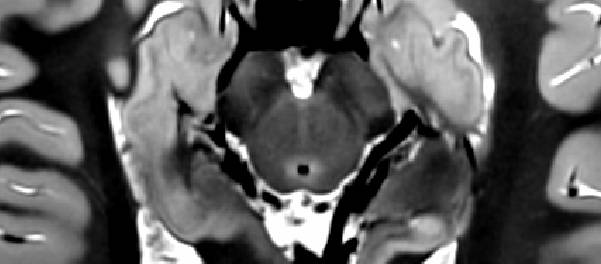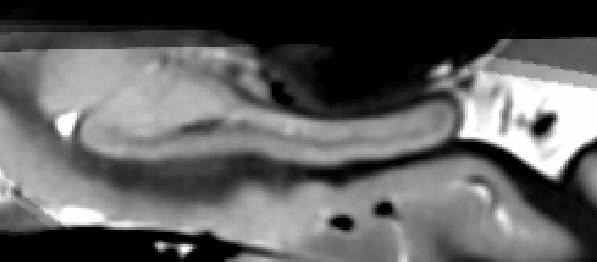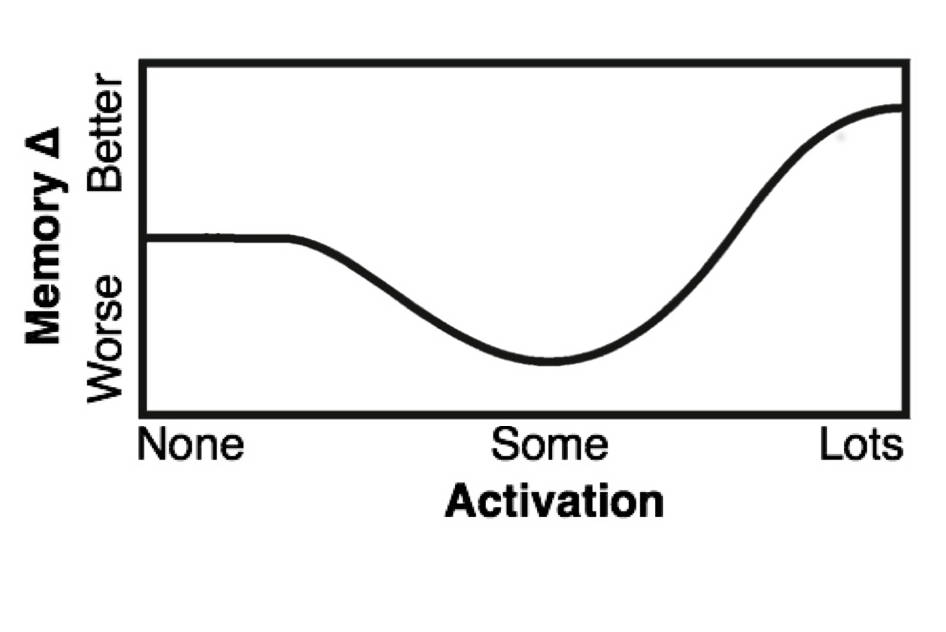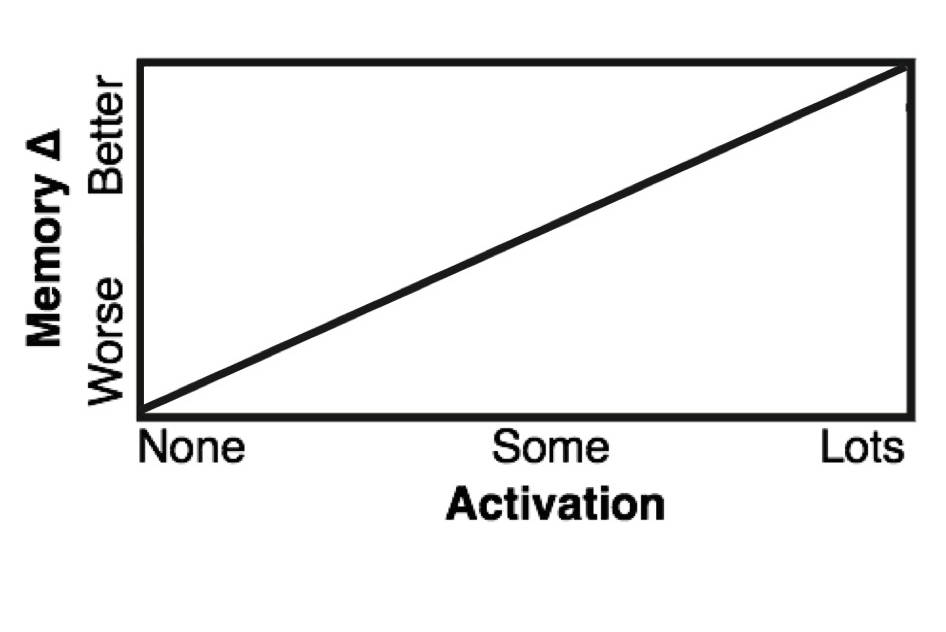


the hippocampal long axis
How do memory operations differ in anterior and posterior
hippocampus?
the hippocampal long axis
How do memory operations differ in anterior and posterior
hippocampus?
The human hippocampus is a high-level brain structure that contributes to many advanced cognitive abilities, such as remembering our lives, finding our way around, and perceiving changes to the world. It may even contribute to our moods and personalities. It is vulnerable, and frequently impacted (or implicated) in psychological and neurological disorders. newly appreciated variation along its axis promises to unlock secrets of human cognition.
Anterior and posterior parts of the hippocampus are wired in a similar way internally, but connect to different brain networks, and feature subtle neuroanatomical discrepancies. Work in our lab suggests these differences to lead its anterior and posterior parts to behave like completely different brain structures, which raises fascinating questions. For instance:
- How does damage to either anterior or posterior hippocampus, but not the other portion, impact our abilities?
- Do anterior and posterior hippocampus serve the same sort of role for their respective whole-brain networks?
- Is it possible that only the posterior hippocampus contributes to memory as we think of it, while anterior hippocampus serves some other role?
To address questions like these, the POPMEM lab is leading a collaboration – one that spans over a dozen labs – to characterize differences between people, particularly those that may emerge from properties of the hippocampus. This project incorporates a multifaceted approach, incorporating observation of relationships between behaviour variables; the gathering of brain images at the Queen’s University 3T fMRI Center; and the analysis of genetic and other biological data. We are also drawing on the power of Compute Canada’s High Performance Computing Virtual Laboratory supercomputer cluster to decode the functional properties of anterior and posterior hippocampus.
Possible long-term benefits of this research includebetter localization of neural injuries and seizure foci, as well as better prediction of susceptibility to certain disorders. We also hope to improve our ability to characterize cognitive ability using inexpensive computer testing for applications in education, personnel selection, and eyewitness memory.
To learn more, we welcome you to visit our publications page, or view the key publications below.
long-axis specialization in the human hippocampus (Theoretical review)
A hippocampal marker of recollection ability (primary evidence)

Non-monotonic learning
How do we learn – and unlearn?
Non-monotonic learning
How do we learn – and unlearn?
think of a time when you accidentally learned an incorrect WORD definition. To use the word without confusion, you needed to both learn the correct meaning and unlearn the incorrect one. How did you do that?
We know memory gets weaker with time and intervening events, but it might take the wrong definition a long time to dissipate, during which it would interfere with your correct use of the word. Also, according to conventional views, memories are strengthened to the extent we reactivate them (hence, "practice makes perfect"). As each recall of the correct definition would slightly reactivate the incorrect definition (strengthening both), you might never get rid of the incorrect definition. But since you did, we likely have more active methods of memory weakening.
The POPMEM lab has contributed to exploration of the non-monotonic learning rule. Like conventional views, this posits that retrieving memories changes their strength, with strong reactivations strengthening memories. The non-monotonic rule differs, however, in its prediction that partially retrieving memories weakens memories. Our lab has contributed evidence that this rule applies to specific parts of memories, as would have been necessary for you to drop the incorrect word meaning while strengthing the correct one.
Having established support for the presence of this learning rule in human cognition, our laboratory is now focused on understanding how it operates "in the wild", and are posing questions such as:
- Where does non-monotonic learning appear in our lives?
- How do learning rules differ across individuals?
- Can we harness an understanding of non-monotonic learning for practical uses?
To learn more, we welcome you to visit our publications page, or view the key publications below.




